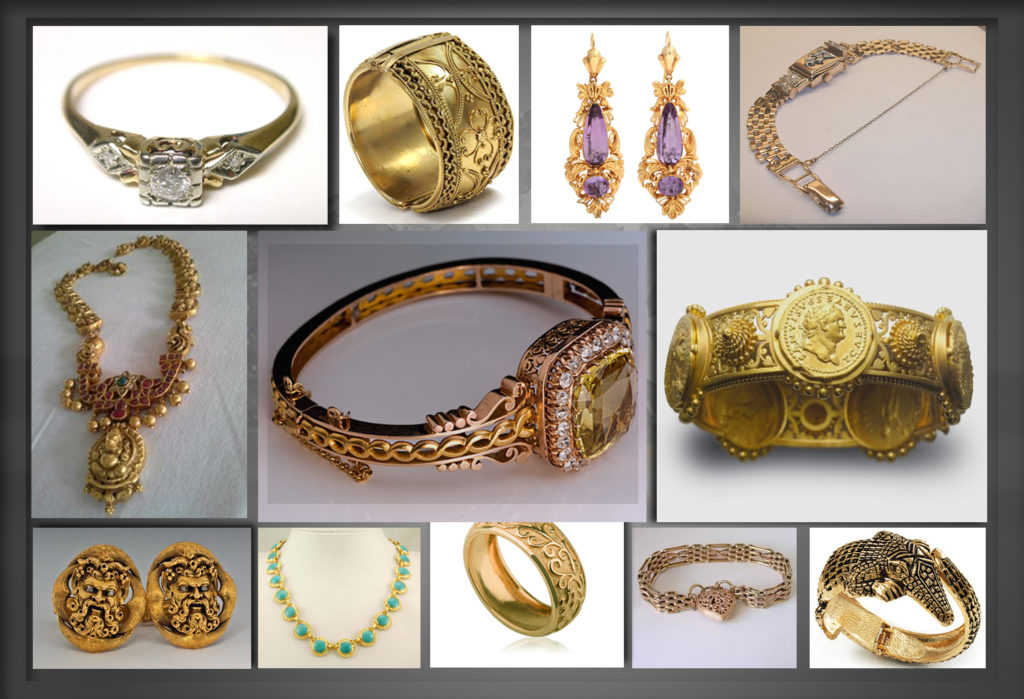Ensuring the Credibility of Precious Metal Certificates Via Thorough Verification Methods
Wiki Article
Precious metal certificates are significant monetary instruments that indicate title of a particular quantity of precious metal. They function as evidence that an person or entity holds a specific amount of precious metal, often stored in a secure place, such as a bank or a storage facility. The trustworthiness of these certificates is crucial in ensuring the trust of investors and the reliability of precious metal as a means of money and asset. To preserve this trustworthiness, thorough validation methods are necessary. These methods help to verify the genuineness of precious metal certificates and protect against fraud.

One of the main ways for verifying gold certificates involves assessing the originating institution's reputation. Institutions that provide precious metal certificates should be well-established and regulated by monetary authorities. By reviewing the track record and credibility of these institutions, investors can gain confidence in the documents they hold. Additionally, institutions should have transparent guidelines regarding their gold reserves and the issuance of certificates. This openness allows stakeholders to understand how their certificates are backed by actual physical precious metal.
Another crucial aspect of validation is the use of unique numbers and benefits of purchasing certified bullion distinct codes on gold certificates. Each certificate should have a distinct serial number that can be linked back to the particular amount of gold it represents. This helps prevent fraudulent certificates and guarantees that each document is distinct. Investors can often confirm the identifying number with the originating institution, which can validate whether the certificate is valid and associated to actual precious metal held in storage. This process is vital for preserving the validity of precious metal certificates in the marketplace.
In addition to organizational checks and identifying numbers, check out here independent verification services play a major role in ensuring trustworthiness. These agencies specialize in assessing and verifying the genuineness of gold and related financial documents. They can offer objective evaluations of the precious metal reserves held by institutions and validate the authenticity of precious metal certificates. Employing third-party services adds an extra layer of security and trust, as these organizations often have the expertise and capabilities to perform comprehensive inspections and audits.
Lastly, investors should stay aware about the industry and standards regarding precious metal certificates. Comprehending the up-to-date developments, rules, and best practices in the gold market can help people make educated decisions when purchasing or placing funds in precious metal certificates. Consistently monitoring information from reputable sources can also assist in identifying any potential risks or shifts in the market that may affect the credibility of gold certificates. By integrating organizational checks, serial number verification, third-party assessments, and ongoing education, investors can guarantee the trustworthiness and security of their gold certificates.